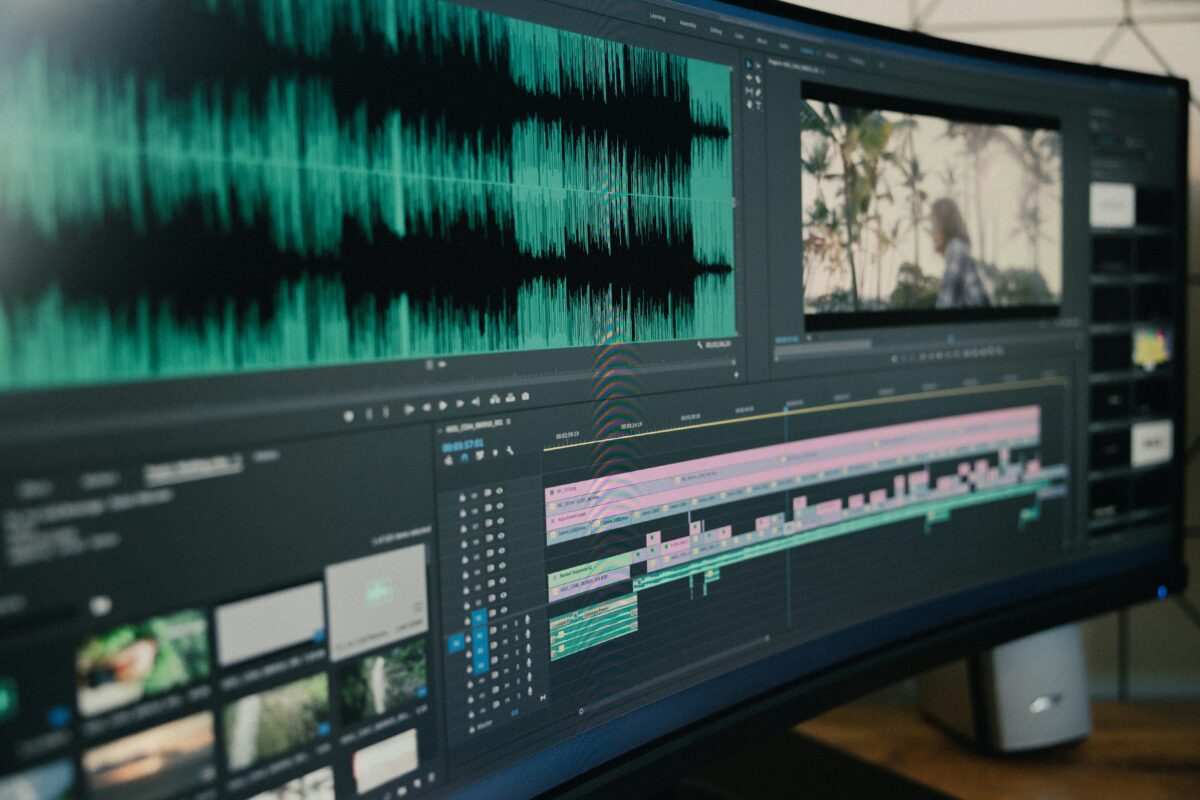What Testimonials for Businesses Can Do for Small Companies and Their Client Relations
lensheadmedia
on
May 7, 2025
In today’s competitive market, small businesses face a unique challenge: earning trust quickly. One of the most powerful tools to build that trust is testimonials for businesses. These simple yet impactful endorsements can make the difference between a visitor becoming a loyal customer or clicking away to a competitor.
The Power of Social Proof
Human beings are wired to trust the opinions of others. It’s why we ask for recommendations, read reviews, and check ratings before making a purchase. For small businesses, testimonials for businesses act as social proof—validating your credibility and demonstrating that others have had positive experiences with your product or service.
When potential clients see real people expressing satisfaction with your business, it eases their doubts and reinforces their decision to choose you. In a world full of choices, that emotional nudge is invaluable.
Building Trust From the Start
Unlike large companies that benefit from brand recognition, small businesses often operate without a familiar name. That’s where testimonials become a game-changer. Displaying honest, specific testimonials directly on your website and marketing materials helps establish credibility instantly.
It’s not about showing off—it’s about showing you’re reliable. A testimonial saying, “This company went above and beyond to solve my issue” tells future clients that they’ll be taken care of. That reassurance is priceless in establishing strong, lasting client relationships.
Enhancing Your Website’s Effectiveness
A well-placed testimonial can improve your website’s conversion rate significantly. When visitors land on your site, they’re usually looking for reassurance that your business can meet their needs. Strategically positioned testimonials for businesses act as persuasive proof points. They complement your services or product descriptions with real-world validation.
Adding testimonials near calls-to-action or on landing pages helps reinforce buyer confidence at critical decision points. In fact, websites with customer testimonials can see up to a 34% increase in conversions, according to some studies.
Creating Relatable Content
Every client has a story, and by showcasing it through a testimonial, you create relatable content. Potential clients often identify with the experiences of others. Whether it’s solving a specific problem or highlighting a great customer service experience, testimonials help future customers see themselves benefiting in the same way.
For small companies, this relatability humanizes the brand. It’s not just a transaction—it’s a personal connection. And that connection is the foundation of long-term client relationships.
Improving SEO and Online Visibility
Testimonials for businesses don’t just build trust—they can also support your SEO efforts. User-generated content like reviews and testimonials often include natural keywords and phrases that your target audience is searching for.
Additionally, featuring fresh testimonials regularly tells search engines your site is active and relevant. It’s a simple, authentic way to add keyword-rich content that helps improve search rankings without feeling forced or salesy.
Encouraging Referrals and Repeat Business
When clients take the time to leave a testimonial, it often reflects a strong, positive relationship. Encouraging testimonials opens the door for more than just good PR—it often leads to referrals. Happy clients who speak publicly about their experience are more likely to refer friends, family, or colleagues.
Moreover, testimonials create a feedback loop. They remind existing clients of the value you’ve provided, reinforcing satisfaction and increasing the likelihood they’ll return.
Making the Most of Testimonials for Businesses
To fully benefit from testimonials for businesses, ensure you:
Request them regularly from satisfied clients.
Highlight specific results or benefits in each one.
Include client names, photos, or businesses (with permission) to increase authenticity.
Display them across your website, social media, and marketing campaigns.
Conclusion
For small businesses, building trust and nurturing client relationships is essential—and testimonials are a cost-effective, high-impact way to do just that. By showcasing real experiences, you create an authentic, persuasive narrative that resonates with potential clients and strengthens existing connections. If you haven’t started gathering testimonials for businesses, now is the time.











